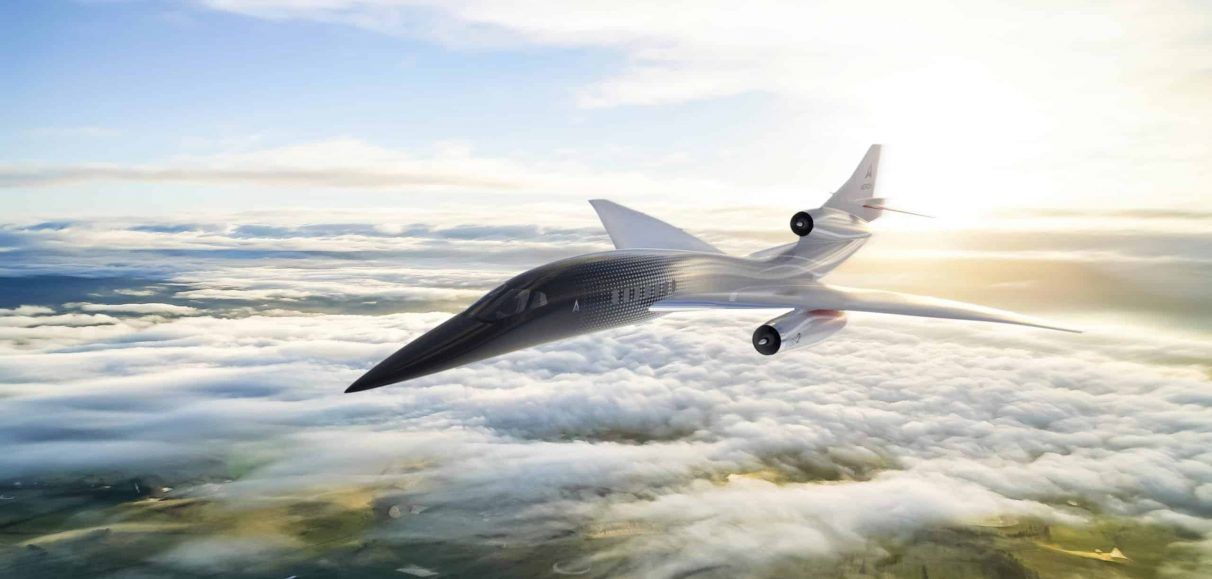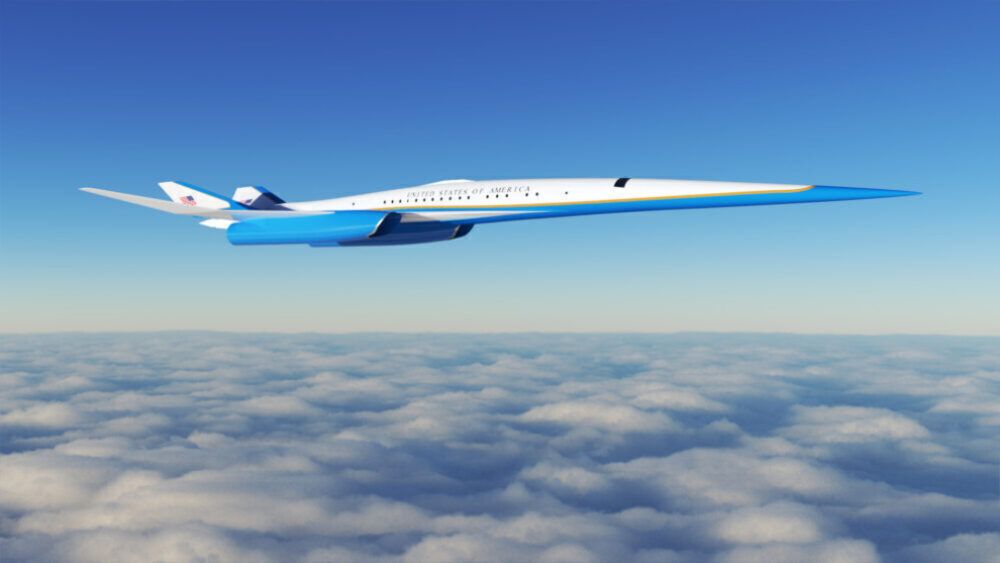Just a few months ago, Aerion Supersonic shared details on its ambitious plans for a 50-seat, Mach 4+ commercial airliner. However, in a turn of events, the Nevada-based company is now shutting down.
High hopes
There had already been a huge buzz surrounding the Aerion AS2, which was set to operate at a top speed of Mach 1.4 (1,000 mph) and reach a range of 4,200 NM (7,778 km). Also, while maintaining the fastest subsonic cruise of any jet in history at Mach 0.95, the plane was billed to also serve with sustainability in mind. Overall, it was designed to run on 100% sustainable aviation fuels to deliver a net carbon reduction of 80%.
Moreover, Aerion also announced the AS3, which was promoted to go “beyond supersonic,” transporting up to 50 passengers between Los Angeles and Tokyo in less than three hours. Conceptualization and design tasks were already underway for this next-generation jet.
There was even significant wind tunnel testing progress for the company at the end of last year. However, despite the advances, Aerion is closing down. According to CNBC, the present financial climate has proved too challenging for Aerion to garner the capital needed to begin production of the AS2 jet.
"The Aerion Corporation has assembled a world-class team of employees and partners, and we are very proud of our collective efforts to realize a shared vision of revolutionizing global mobility with sustainable supersonic flight. Since our company’s formation our team has created disruptive new innovations plus leading-edge technologies and intellectual property [...] However, in the current financial environment, it has proven hugely challenging to close on the scheduled and necessary large new capital requirements to finalize the transition of the AS2® into production. Given these conditions the Aerion Corporation is now taking the appropriate steps in consideration of this ongoing financial environment." - Aerion Supersonic via statement.
Industry impact
Aerion has been one of the key names when it comes to those leading the new wave of supersonic travel. So, this update would be leaving certain jet operators frustrated. Notably, Flexjet placed an order for 20 AS2s back in 2015, and NetJets signed a Memorandum of Understanding (MOU) for 20 units just this year.
Even Boeing invested in Aerion. The manufacturing powerhouse was providing manufacturing, flight test resources, and engineering for the AS2 ahead of the planned 2023 first flight.
So, with Aerion shutting down, what does this mean for the second coming of supersonic commercial flight? There are several other contenders across the industry making considerable progress in this field. So it’s still highly likely that passengers will be flying at supersonic speeds by the time the 2030s are underway.
For instance, Boom Supersonic has been making a name for itself with its development of Overture. The Denver-based startup recently received a crucial investment from American Express. This progress is keeping the firm on course for its 2029 targets for commercial flights.
Additionally, Exosonic recently told Simple Flying of its ambitions of minimizing noise and lowering prices with its supersonic program. Furthermore, the company is working on a supersonic presidential jet.
Plenty of prospects
Virgin Galactic also shared that it is entering the supersonic space, signing an MOU with Rolls-Royce. Meanwhile, Russia is also looking to compete. Even Australia and Ukraine recently joined the fold, with Cosmovision Global Corporation announcing its intentions earlier this month.
Stay informed: Sign up for our daily and weekly aviation news digests.
So, while a major player is pulling out, there are still plenty of runners in the race for supersonic travel. There will undoubtedly be at least one or two viable options on the market by the time this decade is over.
What are your thoughts on the future of supersonic travel? What do you make of Aerion's update? Let us know what you think of the situation and prospects of the industry in the comment section.


